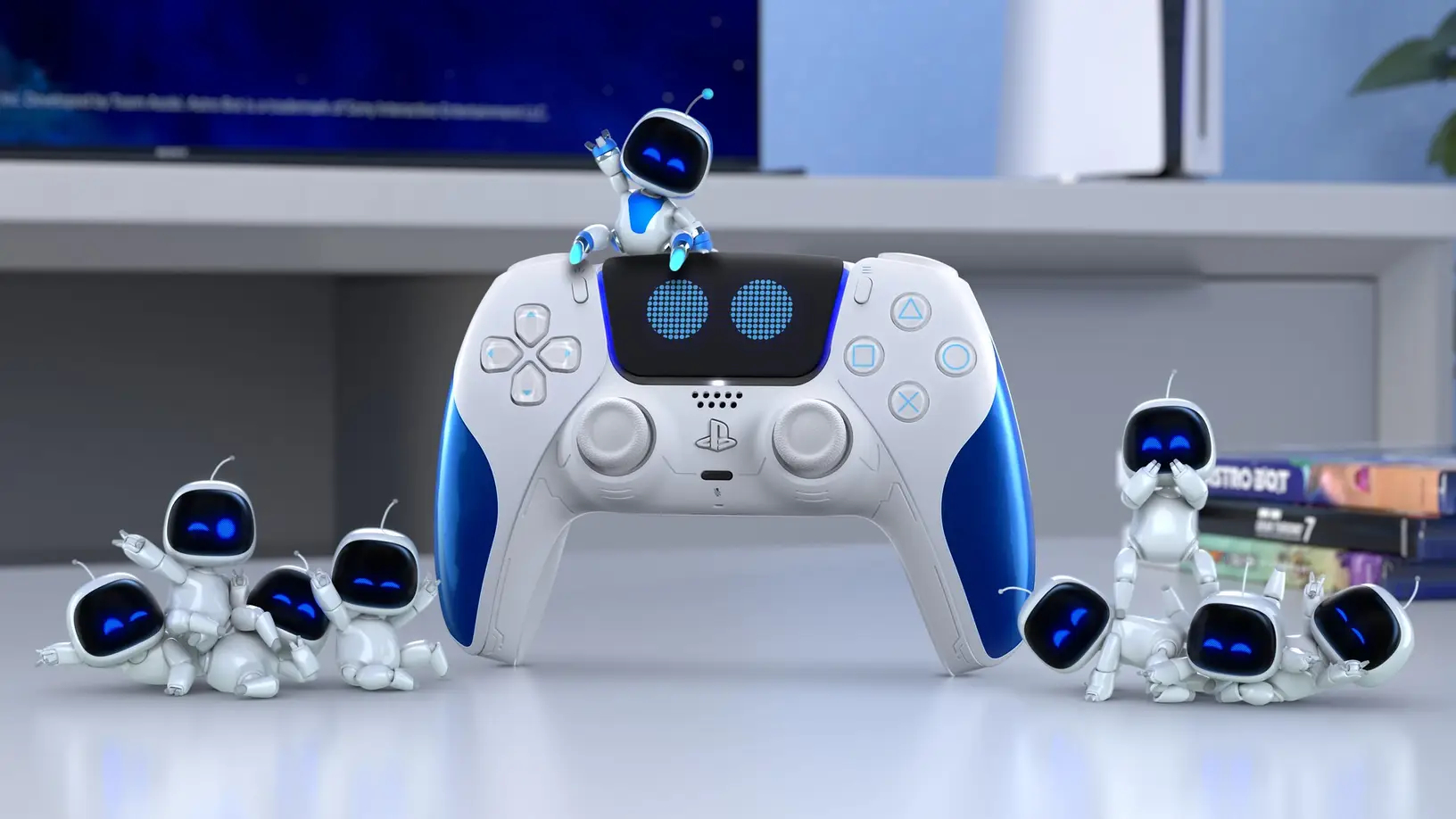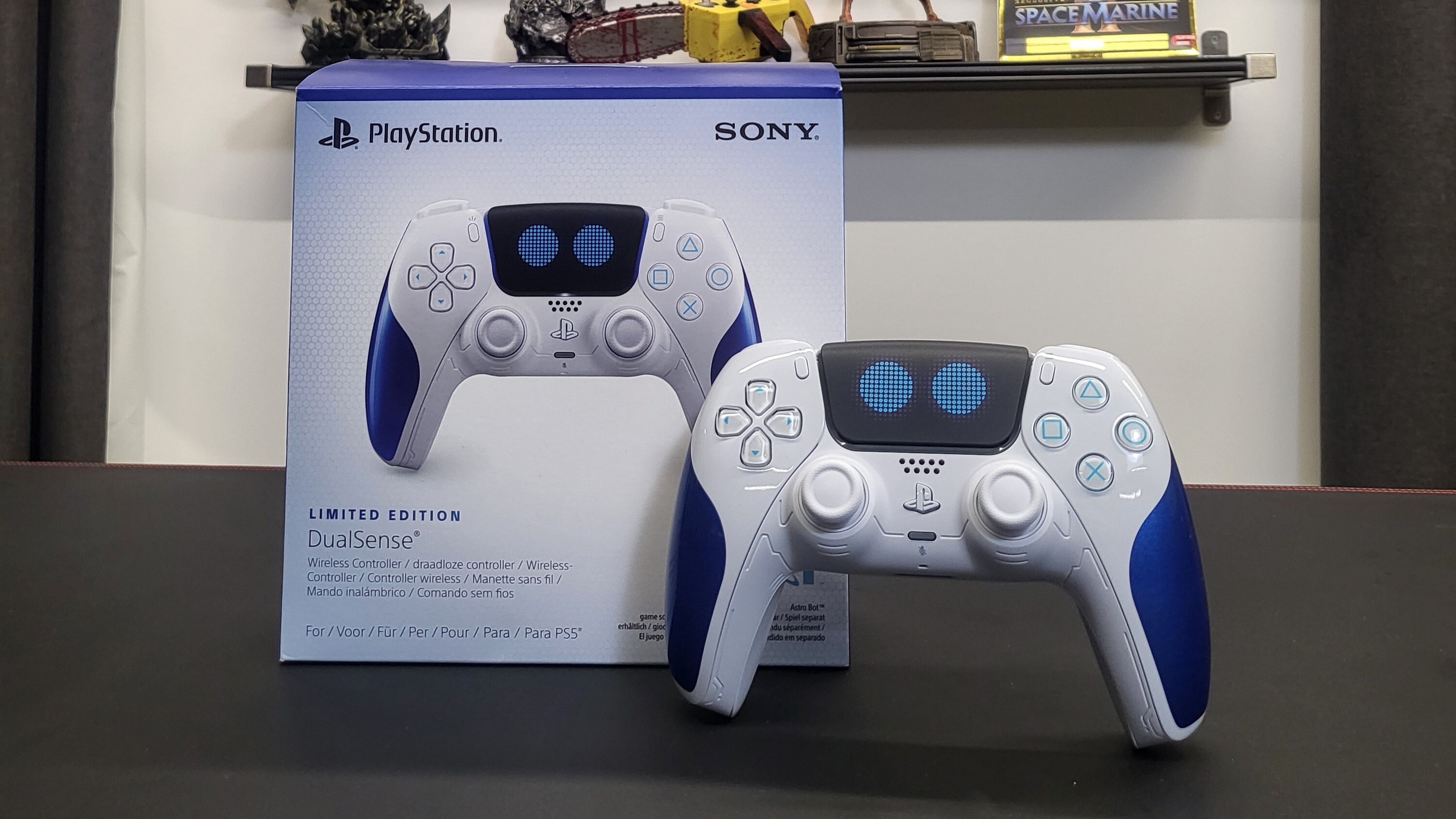
Team Asobi’s Astro Bot is rightly taking the gaming world by storm right now. A full-priced PlayStation Studios platformer is something we haven’t seen since, well, the release of Sackboy: A Big Adventure back in 2020. But even then, the genre’s been a rarity for Sony since the halcyon days of the PlayStation 2 and 3 and series like Jak & Daxter, Sly Cooper, and LittleBigPlanet.
But that dormancy could be over now; Astro Bot has been released to critical acclaim and is currently enjoying its place as one of the highest-rated games of the year on review aggregator sites. The game isn’t just a slick and charming platformer though, as it makes exceptional use of the PS5’s DualSense wireless controller.
This, for me, is what elevates Astro Bot from simply being a great platformer. The game’s wonderful level design and cute PlayStation cameos are huge plus points, but it’s the clever use of the DualSense’s bespoke feature set that makes Astro Bot stand out from the crowd - even among other first-party PlayStation Studios titles. It also serves as a reminder that when it comes to the best PS5 controllers, the DualSense is still the cream of the crop.
Makes (Dual)sense

In Astro Bot, the DualSense makes use of remarkable haptic feedback vibration and adaptive triggers. While these features do take a toll on battery life (both the DualSense and premium DualSense Edge fall well short in this regard compared to the competition), they have the potential to add a very tangible texture to the games you’re playing.
Early PS5 games made great use of the tech. Enemy attacks bouncing off your shield in Demon’s Souls registered a noticeable clatter within the DualSense. Meanwhile, Gran Turismo 7 leveraged the haptics and adaptive triggers to map vibration location and strength based on road surface and turning angle. And of course, the pack-in title Astro’s Playroom was at the forefront, where it was clear that Team Asobi had an absolute blast deploying the controller’s tech in various ways.
Astro Bot isn’t just one of the most delightful 3D platformers to release in years, then, but it’s also a return of the ‘DualSense showcase’ experience that was common way back when the PS5 launched in 2020.
What we have in Astro Bot, then, feels like an evolution of the work the developer put into its previous title. The haptics are firing on all cylinders here, changing in strength and feel depending on the surface the titular robot protagonist is pottering about on. Sand leaves a soft and slightly crunchy-feeling vibration with each step, while metallic surfaces are sharper and more immediate. The attention to detail here is simply astounding. It's no wonder Sony manufactured a limited-edition Astro Bot DualSense controller; its bespoke features are quite honestly the star of the show.
This clear love for the hardware carries over to Astro Bot’s various power-ups. A pair of frog-shaped boxing gloves add a sharp throttle to the triggers when you use them to thump an enemy. An elephant-like suction device can be used to absorb various substances such as goop and honey in another level, making the DualSense feel like it’s filling up with liquid.
Elsewhere, a level with a power-up that lets Astro shrink down to the size of a mouse has a relative effect on the haptics, dampening, and lightening along with his tinier footsteps.
Astro Bot isn’t just one of the most delightful 3D platformers to release in years, then, but it’s also a return of the ‘DualSense showcase’ experience that was common way back when the PS5 launched in 2020. I’m only partway through the game - not even at the halfway mark at the time of writing - but I’m already seriously impressed by Team Asobi’s desire to take the DualSense’s tech to its limits and thinking outside the box while doing so.
You might also like...
- PS5 Pro: the latest on rumored specs, price, design, and release date speculation
- Best PC controllers in 2024
- The best cheap PS5 DualSense controller deals in September 2024







